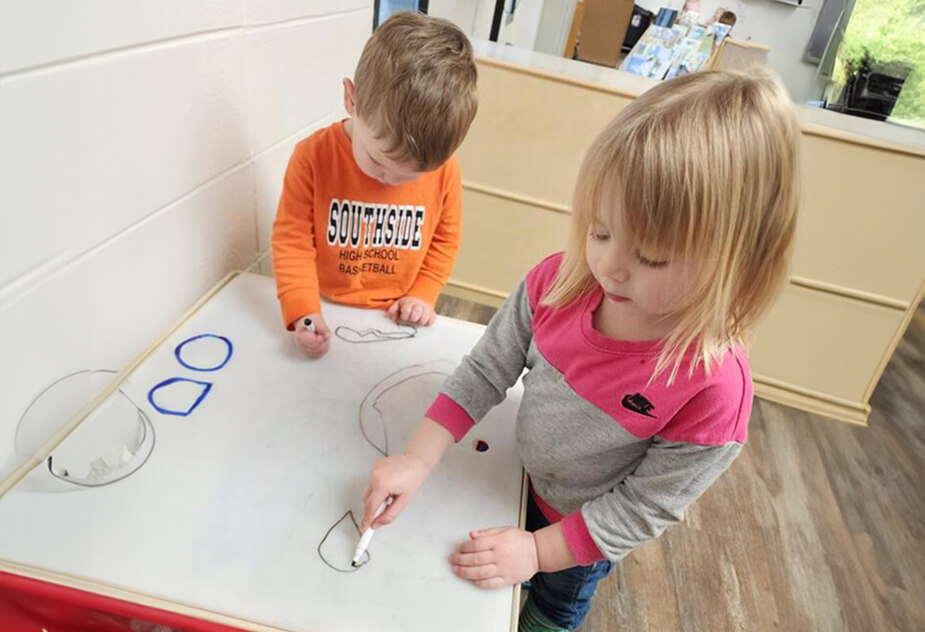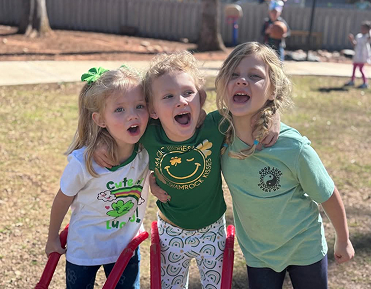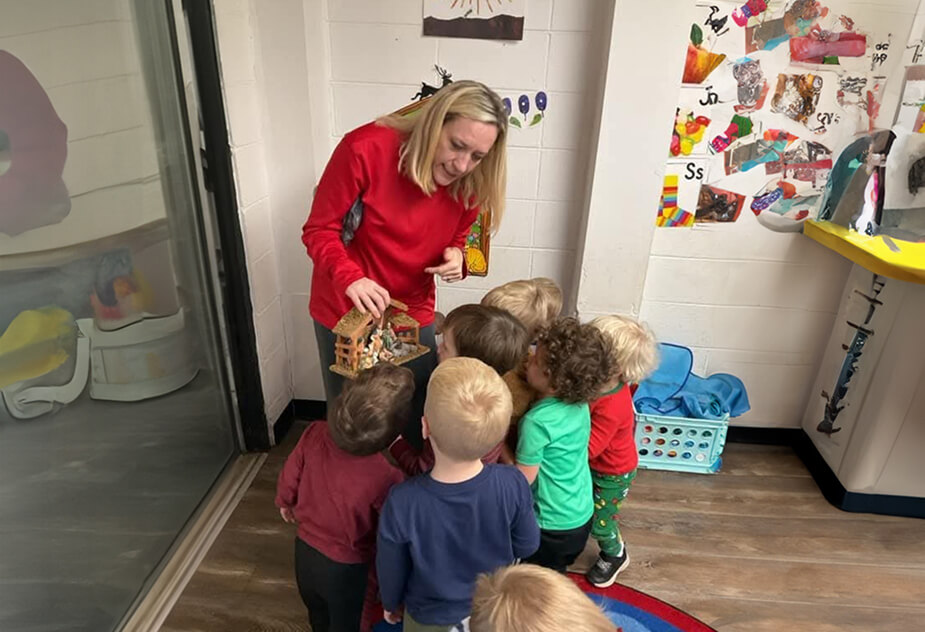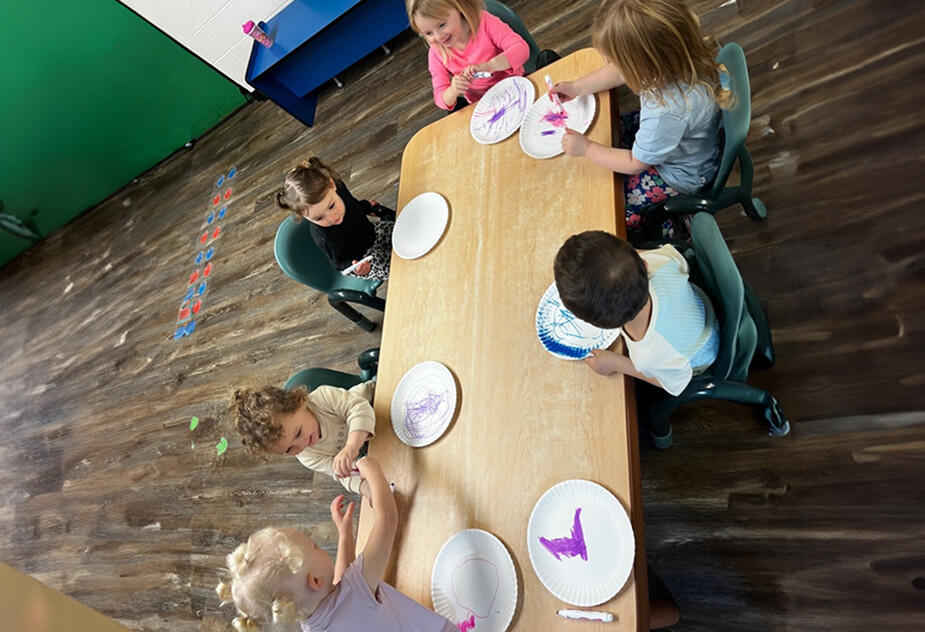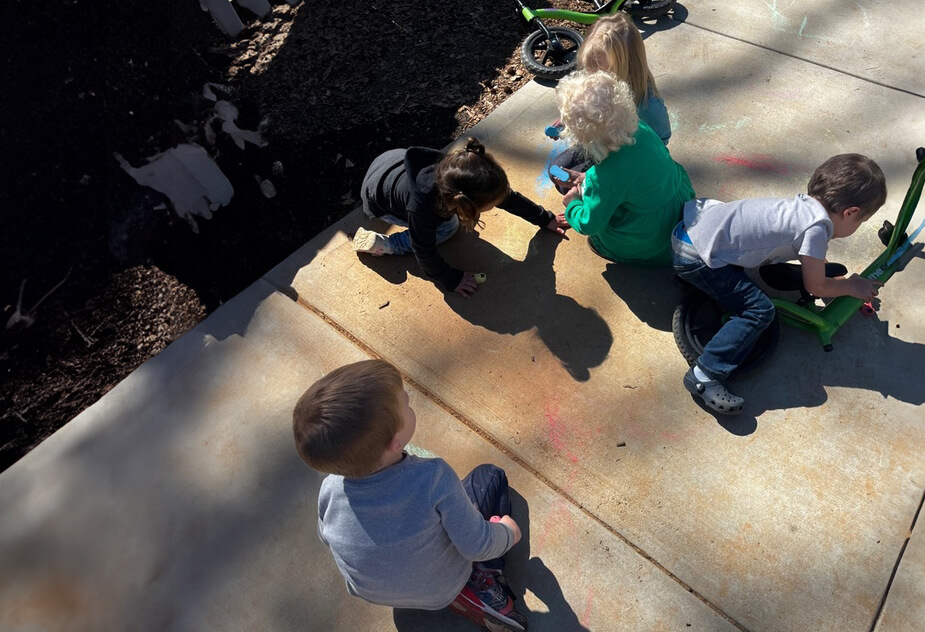Kinesthetic learning, often known as tactile learning, is a teaching method that involves students carrying out physical activities rather than listening to lectures or watching demonstrations. This approach is particularly beneficial in preschool settings, where young children naturally engage with their environment through movement and exploration. Kinesthetic activities not only support physical development and coordination but also enhance cognitive and social skills by stimulating multiple senses. This blog will delve into the benefits of kinesthetic learning for preschoolers and provide practical strategies for integrating these activities into early childhood education.
Understanding Kinesthetic Learners
Characteristics of Kinesthetic Learners
Kinesthetic learners are typically very active and may struggle to sit still for long periods. They learn best when they can move and explore, often using their hands to touch and manipulate objects. These learners tend to excel in physical activities such as sports, dance, or drama, which allow them to express themselves physically.
Identifying Kinesthetic Learners
For teachers and parents, recognizing a kinesthetic learner can be key to facilitating effective learning. Signs include a preference for physical play, difficulty remaining seated, and a tendency to use body language to communicate. Observing how a child interacts in different learning environments can help identify their preferred learning style, allowing for tailored educational approaches.
Types of Kinesthetic Activities
Active Games
Incorporating simple active games like “Simon Says,” “Red Light, Green Light,” or “Duck, Duck, Goose” can significantly enhance motor skills and teach important concepts such as following directions and taking turns. These games are easy to organize and can be played with minimal equipment.
Hands-On Learning
Activities that involve manipulation of materials can greatly benefit kinesthetic learners. For example, using building blocks to construct shapes teaches geometry and spatial awareness, while art projects like finger painting or clay modeling stimulate creativity and fine motor skills.
Role-Playing Scenarios
Role-playing is an excellent way for children to learn through enactment. Setting up a grocery store where children role-play as shoppers or cashiers can teach them about numbers, money, and social interactions, all within a playful, physically engaging context.
Integrating Kinesthetic Learning into the Curriculum
Daily Routines
Simple changes to the daily routine can incorporate more physical activity. For instance, a morning exercise session or having dance breaks between lessons can keep kinesthetic learners engaged and ready to learn.
Thematic Learning
Designing lessons around themes that incorporate physical activity can make learning more dynamic and memorable. For example, a lesson on animals could include a zoo yoga session where children mimic animal movements, thereby learning through both movement and play.
Outdoor Learning
Taking the classroom outside is another effective way to integrate kinesthetic learning. Activities like nature walks, treasure hunts, or outdoor group games not only provide fresh air but also a new context in which to explore and learn about the world.
By incorporating these kinesthetic activities into preschool education, teachers can cater to diverse learning styles and promote an inclusive, stimulating learning environment that prepares children for future educational challenges.
Creating an Inclusive Learning Environment
Adapting Activities for All Abilities
It’s essential to ensure that kinesthetic activities are inclusive, accommodating children with various physical abilities. This can involve adjusting the intensity of activities or using adaptive tools to ensure every child can participate fully and safely.
Balancing Learning Styles
While focusing on kinesthetic activities, it’s important to maintain a balanced approach that incorporates visual and auditory learning styles as well. This ensures that all children benefit from the activities, regardless of their preferred learning mode. Strategies might include using visual aids during a physical activity or incorporating songs and rhythmic elements to enhance engagement.
Tools and Resources for Kinesthetic Activities
Recommended Equipment
Useful tools for enhancing kinesthetic learning might include items like balance beams, tactile letters and numbers, play tunnels, or throwable soft balls. These tools can help create more engaging and physically interactive learning experiences.
Professional Development
Educators can benefit greatly from training in kinesthetic learning strategies. Workshops, webinars, and professional courses on early childhood education can provide valuable insights and techniques for effectively integrating physical activity into teaching.
Conclusion
Incorporating kinesthetic learning activities into preschool education offers numerous benefits, enhancing not only physical development but also cognitive and social skills. By creating diverse, engaging learning experiences that cater to all learning styles and abilities, educators can foster an inclusive and dynamic classroom environment. As we continue to explore and implement these strategies, the positive impact on young learners will be profound, setting them up for success in their future educational endeavors.

